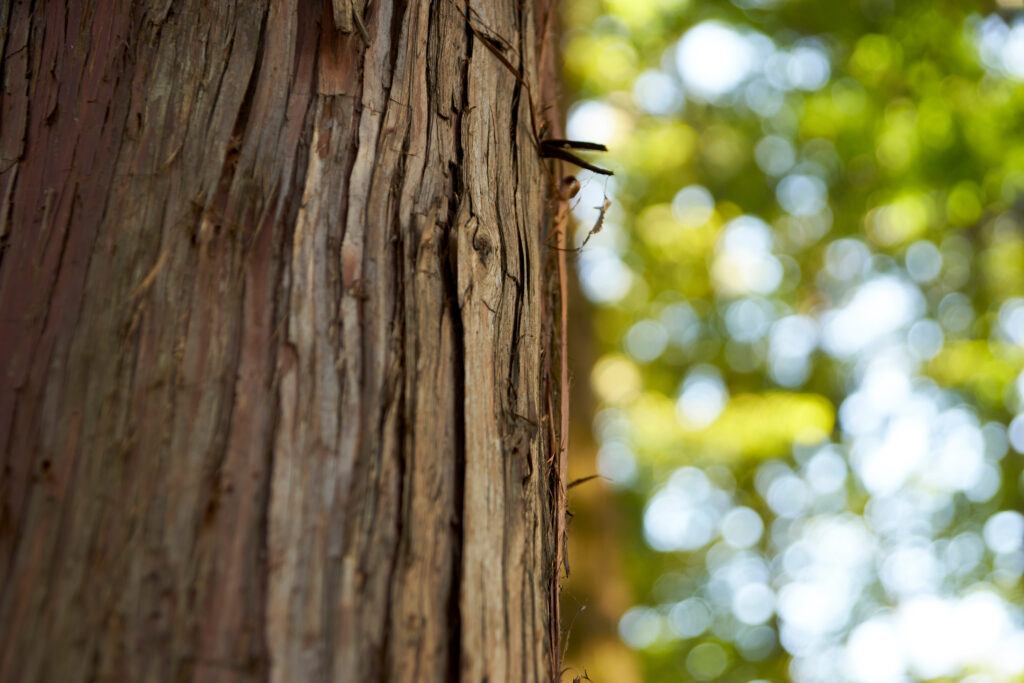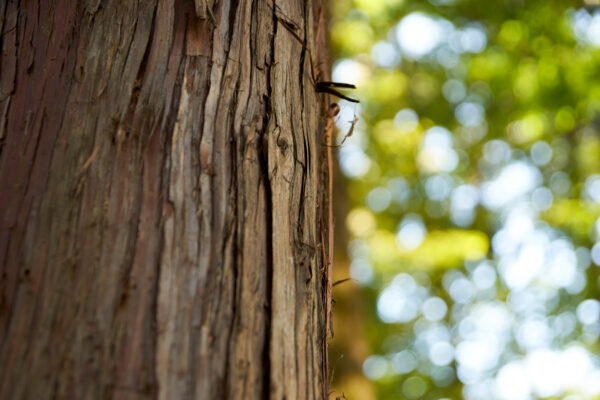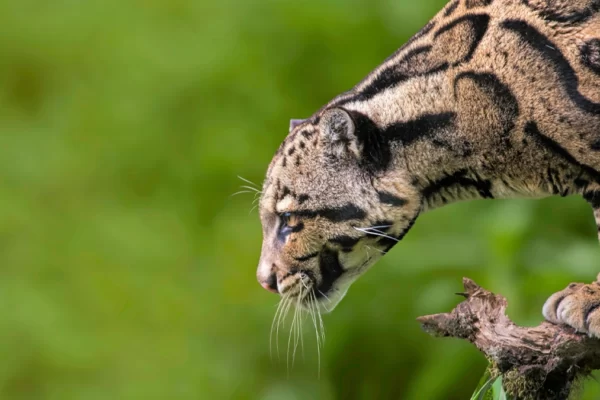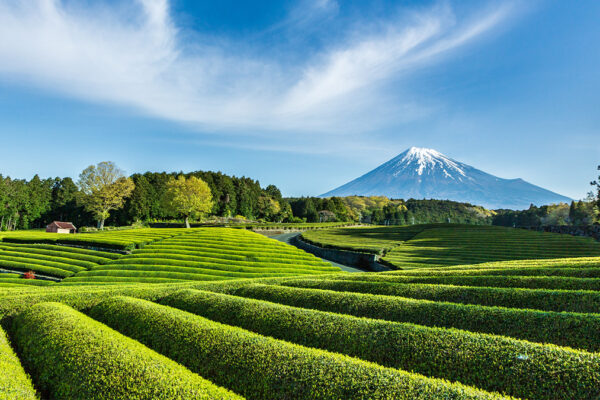Activities at the Osaka-Kansai Expo
The Osaka-Kansai Expo will open on April 13, 2025.
As a staff member, I have been involved in activities for the past two years, but I have concerns regarding the sustainability aspects of the Expo.
Osaka-Kansai Expo and Nature Positive
For instance, the grand roof ring, designed by Sou Fujimoto and set to become one of the world’s largest wooden structures, is a symbol of this Expo.
While I am very excited about the project, it is quite disappointing to know that much of the wood used for its construction is sourced from overseas.
The decision to import foreign timber, which has a high carbon footprint, seems to stem from cost considerations above all else.
Given Japan’s severe forestry issues, it should have an abundance of timber that could be utilized. Additionally, there are many areas in the Kansai region where thinning is urgently needed.

Switching from coniferous to broadleaf trees could enrich forests, support a greater diversity of flora and fauna, and improve CO2 absorption rates through regenerated forests.
The Osaka-Kansai Expo embraces the theme of “Designing Future Societies for Our Lives,” but it is disappointing that the concept of a “large wooden ring that restores ecosystems” was not included. While such Nature Positive construction methods may have been considered, they were ultimately not realized. The question arises: who is responsible for this outcome? I personally believe it is not appropriate to criticize the architect.
Additionally, due to scaled-down international pavilion exhibits, vacant spaces have emerged. In an unexpected move, these spaces are being repurposed with artificial turf—not even biodegradable materials.
The Expo site is located on Yumeshima, an artificial island in Osaka Bay. Despite awareness of the marine microplastic pollution associated with artificial turf, as seen in the Tokyo Bay issue years ago, this decision was made. The question remains: why?
Media Influence
During the planning stages for this area, the Expo faced intense scrutiny in the media over budget overruns and construction delays. Public opinion strongly opposed any further increases in costs or extensions to the timeline.
Meanwhile, environmental concerns received minimal media coverage.
As a result, it can be argued that the priority of addressing environmental impacts was lowered in favor of cost and schedule compression, leading to the decision to use artificial turf for the vacant spaces.。

The situation seems to stem from the focus of Japanese society and the way public opinion is shaped.
As internet-based media becomes dominant, profits are driven by clicks, leading to screens filled with attention-grabbing headlines that entice viewers to click. However, articles addressing environmental issues often fail to attract readers.
It is perhaps inevitable that this lack of attention shifts the burden to areas like environmental considerations.
Is the Expo Necessary?
There is also the question of whether the Expo is necessary in today’s world. At least in the context of children’s education, I firmly believe that it provides a highly meaningful opportunity, and I am dedicated to it. In fact, I believe that its value lies precisely in this aspect, and it is worth pursuing for that reason alone.
Currently, the experiential environment for children in Japan, especially in urban areas, is quite limited. Not only is nature scarce, but children are also increasingly distracted by rectangular devices. The opportunity to foster initiative, collaboration, and social capital through the five senses requires proactive thinking, effort, and financial resources from parents. As a result, educational disparities among children are growing due to these social conditions.
The Expo provides a unique platform where countries from around the world gather to present their potential and appeal in an experiential way. By incorporating the Expo into school trips or similar opportunities, children can learn about the diversity of the world not through a screen but through firsthand experience, without being influenced by their home environments.
Japan at the Expo
Did you know that Japan’s pavilion at the previous Dubai Expo was one of the most popular, competing for the top spot? The reason for its popularity wasn’t its cutting-edge technology—it was culture.
Japan’s pavilion will once again showcase its rich cultural resources at this Expo, offering many unknown experiences to even the Japanese people themselves.
A day that feels as if you’ve traveled around the world, and a day when you can feel proud of Japan, will undoubtedly be a great source of inspiration for children in their future lives.
To contribute to this, we at CLASS EARTH are involved in the core initiatives of the Expo, including the thematic project, the signature pavilion “Adventure of Life,” where we are responsible for SDGs supervision, public relations, sponsor relations, and uniform planning.
While these tasks may seem unrelated at first glance, they are all driven by the fundamental value I mentioned earlier: considering and executing everything based on the question, “Will this contribute to the learning of children?”
The “LIVE EARTH JOURNEY” Pavilion offers an experience where visitors can immerse themselves in the cosmic scale of the food chain using VR goggles with cameras. This “Deep Vision” allows individuals to experience a sense of “immersion” while simultaneously fostering a sense of “unity” among all attendees. All other exhibits are designed to highlight the importance, fascination, beauty, rarity, and various other aspects of biodiversity.
The staff uniforms consist of T-shirts made from 100% GOTS-certified organic cotton and feature a design based on kimono patterns to minimize fabric waste. The attendant uniforms are made from recycled polyester, using long fibers that are resistant to microplastic shedding during washing. These uniforms are being produced in Kurashiki City, Okayama Prefecture, in collaboration with Akashi School Uniform Company, a long-established manufacturer of school uniforms.
Using organic cotton significantly reduces the consumption of blue water, while measures against chemical fiber microfibers help mitigate marine pollution. It is still not widely recognized that synthetic fibers, which make up 70% of the clothing in circulation, contribute significantly to marine microplastic pollution through household laundry.
Through the Expo, we aim to raise awareness about the global need to recognize these facts and find solutions, sending a message of future design and sustainable action.
Activities with Sponsors
The approach to sponsor relations is based on the same fundamental idea. Fortunately, we have been fortunate enough to partner with companies that deeply understand the importance of biodiversity conservation.
Together with these partner companies, and with the support of Bioome, the company behind the “Ikimono Collection” app, we are conducting the world’s largest citizen-participation ecosystem survey, “Ikimono Sagashi wa Dekulture!” (The Search for Creatures is Deculture!). This initiative encourages active engagement and participation in biodiversity preservation, allowing people to contribute to the understanding and protection of the environment.
Through collaboration with our sponsors, we are amplifying the reach of this important project and working together toward a shared vision of sustainability and environmental stewardship.

Currently, approximately 2 million data points have been collected, and we are working closely with our sponsor partners to reach our goal of 10 million data points by the end of the Expo.
Biodiversity, unlike CO2, cannot be addressed with a one-size-fits-all global approach; solutions must be tailored to each specific area. However, a major challenge is the lack of sufficient baseline data.
The data gathered through this initiative will be used to inform conservation plans, determining what actions should be taken in each region. This project is a concrete step toward the restoration of biodiversity and achieving a Nature Positive future, and it will undoubtedly contribute to the future of our children.
The Expo has received various reports, and I am aware that there are both pros and cons. However, within the scope of our responsibility, we aim to establish an unshakable legacy. Together with our sponsor partners, we are working toward creating a model of collaboration between the government, businesses, and citizens.
The children of today will be the ones to live in the future society. We hope that the Expo will provide them with valuable learning experiences. Moreover, we want to ensure that all decisions made regarding its operation are carefully considered from an environmental perspective. We hope that as many people as possible will watch over and support these efforts.









